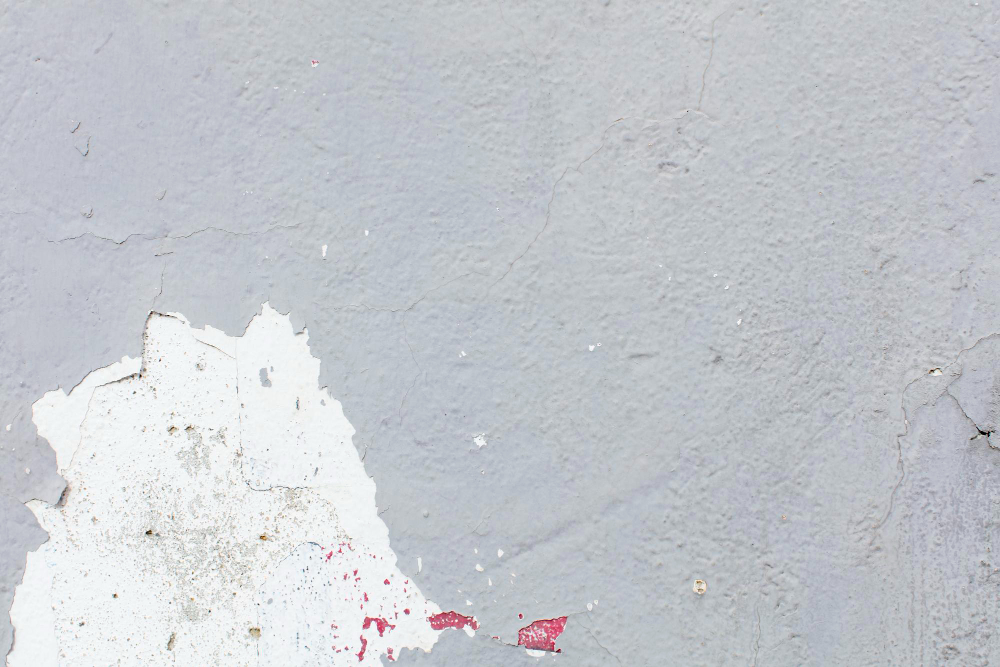Common Interior and Exterior Painting Problems and How to Solve Them

When it comes to painting your home, both the interior and exterior surfaces can present unique challenges. While it's tempting to think that a fresh coat of paint will easily revitalize any space, there are a variety of common issues that can arise during the process, potentially affecting both the appearance and longevity of the finish. Whether you're tackling a DIY project or hiring professional painters in Ormond Beach, FL, being aware of these problems can help you achieve a flawless result.
In this comprehensive guide, we'll explore some of the most frequent painting problems and offer solutions to ensure a smooth and successful painting experience. Remember, if you want to avoid the hassle and guarantee quality results, you can always rely on the experts at Color Masters Painting in Ormond Beach, FL, for all your painting needs.
Blistering and Bubbling Paint
Problem
Blistering or bubbling occurs when the paint lifts from the underlying surface, creating unsightly bubbles on the painted surface. This is often caused by painting over a damp or improperly prepared surface or by applying the paint in direct sunlight, which causes rapid drying.
Solution
- Ensure the Surface is Dry: Before you begin painting, make sure the surface is completely dry. This may involve waiting for a few days after rain or using a dehumidifier in interior spaces.
- Proper Surface Preparation: Clean the surface thoroughly to remove dirt, grease, and any loose paint. Sand the area to create a smooth and adhesive-friendly surface.
- Avoid Painting in Direct Sunlight: Paint during cooler parts of the day or choose a shady time to prevent the paint from drying too quickly.
Peeling and Flaking
Problem
Peeling and flaking occur when the paint loses adhesion to the substrate. This is often due to poor surface preparation, painting over a dirty or glossy surface, or using low-quality paint.
Solution
- Thorough Cleaning: Clean the surface with a mild detergent and water to remove dirt, oil, and loose paint.
- Sanding and Priming: Sand glossy surfaces to create a texture for the paint to adhere to, and apply a primer to ensure better adhesion.
- Choose Quality Paint: Invest in high-quality paint that is suitable for the surface type and environmental conditions.
Cracking and Crazing
Problem
Cracking or crazing refers to the development of fine lines or cracks on the painted surface. This may result from applying too thick a coat of paint or using a lower quality product.
Solution
- Apply Thin Coats: Apply multiple thin coats of paint rather than one thick layer. Ensure each coat is dry before applying the next one.
- Use Elastic Paints: Consider using paints with more flexibility, especially for exterior surfaces that may expand and contract with temperature changes.
Mildew and Mold Growth
Problem
Mildew and mold are fungi that thrive in damp and dark environments. When they appear on painted surfaces, they can lead to discoloration and damage.
Solution
- Remove Existing Mildew: Clean the surface with a solution of water and mild detergent, or a commercial mildew remover. Rinse thoroughly and allow to dry.
- Improve Ventilation: Ensure good ventilation in areas prone to moisture, such as bathrooms, kitchens, and basements.
- Use Mildew-Resistant Paint: Choose paints formulated to resist mildew growth, particularly for exterior applications.
Efflorescence
Problem
Efflorescence is the formation of white, powdery salt deposits on masonry surfaces. It occurs when water seeps through the walls, dissolving salts that migrate to the surface as the water evaporates.
Solution
- Identify and Address Water Sources: Check for leaks or other water entry points and repair them.
- Remove Salts: Scrub the affected area with a stiff brush and a vinegar-water solution to remove salts.
- Seal the Surface: Apply a sealant to prevent moisture from penetrating the surface before painting.
Fading Paint
Problem
Fading occurs when paint loses its color and vibrancy due to prolonged exposure to sunlight and harsh weather conditions.
Solution
- Choose UV-Resistant Paint: Use high-quality, UV-resistant paints, especially for exterior applications where sun exposure is significant.
- Regular Maintenance: Clean the painted surfaces regularly to remove dirt and pollutants that may accelerate fading.
Uneven Coverage and Streaks
Problem
Uneven coverage and streaks can be caused by improper application techniques, using inadequate tools, or not allowing enough drying time between coats.
Solution
- Use the Right Tools: Invest in quality brushes and rollers suited to the type of paint and surface.
- Consistent Application: Apply paint evenly using consistent pressure and technique. Avoid overloading brushes or rollers with paint.
- Allow Adequate Drying Time: Follow the manufacturer's recommended drying time between coats to ensure even coverage.
Conclusion
Addressing these common painting problems can dramatically improve the final outcome of your interior or exterior painting project. By taking the time to properly prepare surfaces, choosing the right products, and applying paint with care, you can achieve a beautiful, long-lasting finish.
If you need professional painters in Ormond Beach, FL, to tackle these painting challenges, Color Masters Painting is here to help. Our experienced team is equipped to handle any painting project with precision and expertise. Contact us today to get your free quote and discover how we can transform your space with our high-quality painting services.